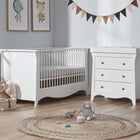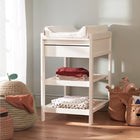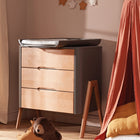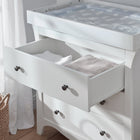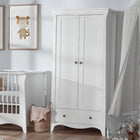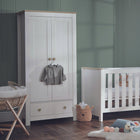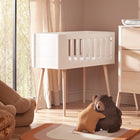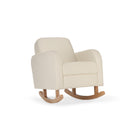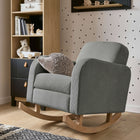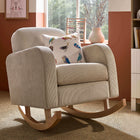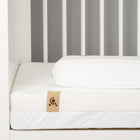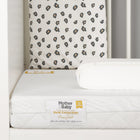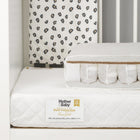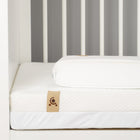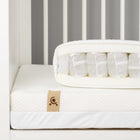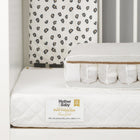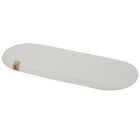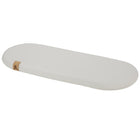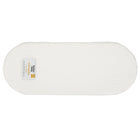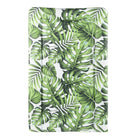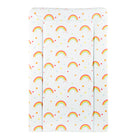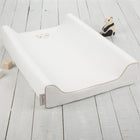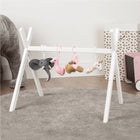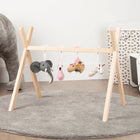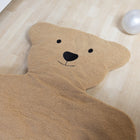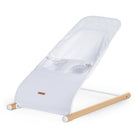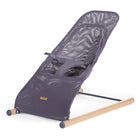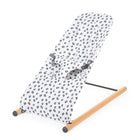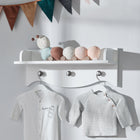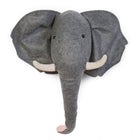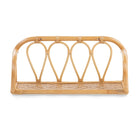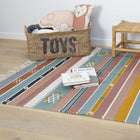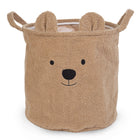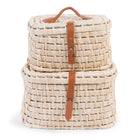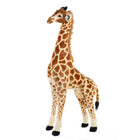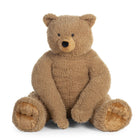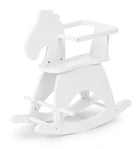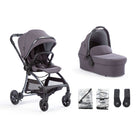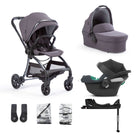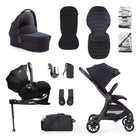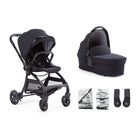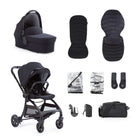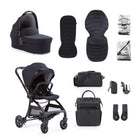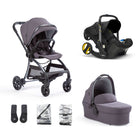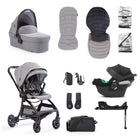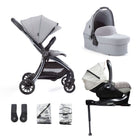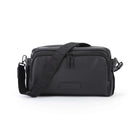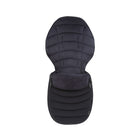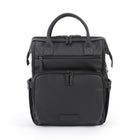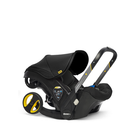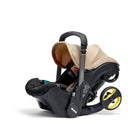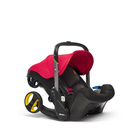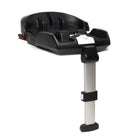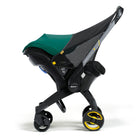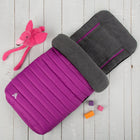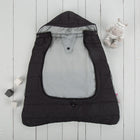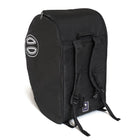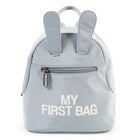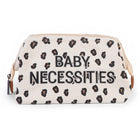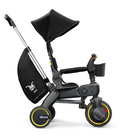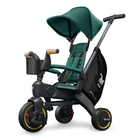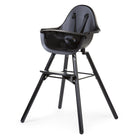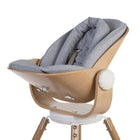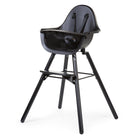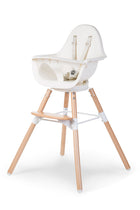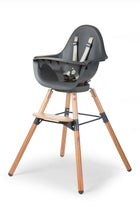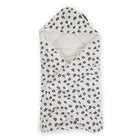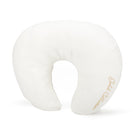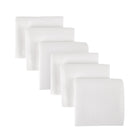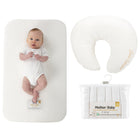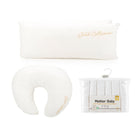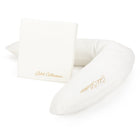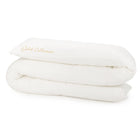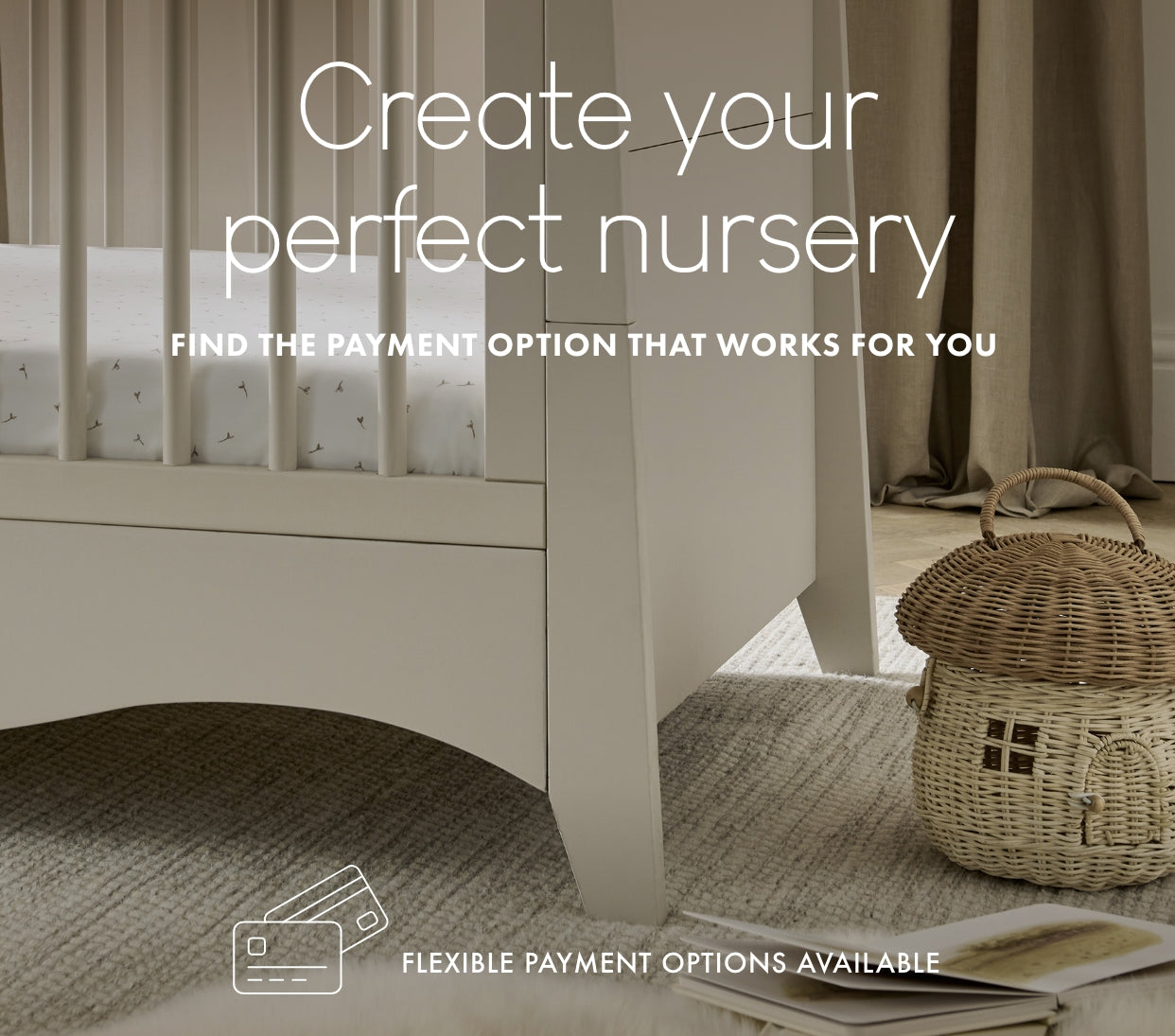Starting to wean your baby can be overwhelming for both you and your little one. You might have lots of worries and questions about how to get started or what method is best. Paediatric Dietitian, Kat Martinez-Thomas, has written a guest blog post that will help you start your weaning journey with confidence.
One of the main questions parents have when it comes to weaning is exactly HOW to start. It can be quite overwhelming when looking on the internet, especially with the rising popularity of “baby-led weaning” in recent years.
This blog will cover the differences between traditional and baby-led weaning, as well as the pros and cons of both methods, and highlight what to consider when starting your baby on solid foods.
What is baby-led weaning?
Whilst traditionally babies have been offered pureed food at the start of weaning, baby-led weaning means skipping the purees and offering finger foods instead. The idea is that the baby is in control of what, and how much, they eat, rather than being fed by an adult – hence the term “baby-led.”
What are the benefits of baby-led weaning?
There are many benefits to baby-led weaning, including:
- Allowing the baby independence and autonomy over what they’re eating – this can also help them to follow their own appetite from early on
- Learning to experiment with a wider variety of textures more quickly, and developing skills to pick up food, bring it to their mouth, chew and swallow
- Easier for babies to be involved in family mealtimes and be exposed to more family style foods
- Easier preparation for parents as they can feed baby the same foods they are eating
Are there any cons to baby-led weaning?
One of the main worries parents have with baby-led weaning is around choking. The current research doesn’t show any increased risk of choking from babies that are following a baby-led weaning approach.
Being exposed to a variety of textures as soon as possible, whether through spoon-feeding or finger foods is important to help babies develop and practice the skills needed to become competent eaters.
Some research suggests that babies who follow baby-led weaning take in LESS nutrition at the beginning, as they learn the skills to eat competently. Whilst milk continues to be a main source of nutrition, there are some nutrients, particularly iron, which are important to get from food. Offering plenty of variety of iron-rich foods such as meat, fish, eggs, beans, pulses, nuts and seeds can help to ensure babies get plenty of opportunity to maximise the nutrition from their food.
What about traditional weaning?
Traditional weaning involves spoon-feeding babies purees of different foods and gradually progressing through to more lumpy and textured foods. Many parents may feel more confident following this method, particularly at the start of weaning. It can be slightly less messy than baby-led weaning and parents may find it easier to know how much their baby has eaten. This can help parents to feel comfortable that their baby is getting certain nutrients, such as iron.
Spoon-feeding babies purees can mean it takes longer for them to become involved in family mealtimes, as it’s more difficult to share a meal when feeding your baby at the same time. It can also mean that babies are exposed to less variety of textures, which is important for them to develop and practice the skills needed for eating.
What is the best way to start weaning?
Ultimately, the weaning style parents choose will depend on a variety of factors. There are pros and cons to both baby-led weaning and spoon feeding, and it’s important that parents feel confident in whichever method they follow for feeding their child. Offering a mix of both finger foods and spoon-feeding can be a great way to allow your baby to explore and experiment.
Whether you’re offering finger foods or purees, it’s a good idea to offer as much variety as possible and really allow your baby to try different tastes and textures. It can be a messy time but try to let your baby experiment as much as possible.
It’s perfectly normal for them to want to get stuck in and use their hands or hold the spoon themselves. The more they can feel in control at the table, the more likely they are to enjoy it and feel confident exploring the food on offer.
Whatever way you choose to wean your baby, try to ENJOY the process as much as possible and focus on making the mealtime a positive experience. There’s A LOT for babies to learn during weaning – they need plenty of opportunity to practice and they’ll all get there in their own time!
About Kat
Kat offers weaning and dietary advice to parents and carers looking for extra support feeding their babies and children. Head over to Kat's website to find out more about the services she offers.


